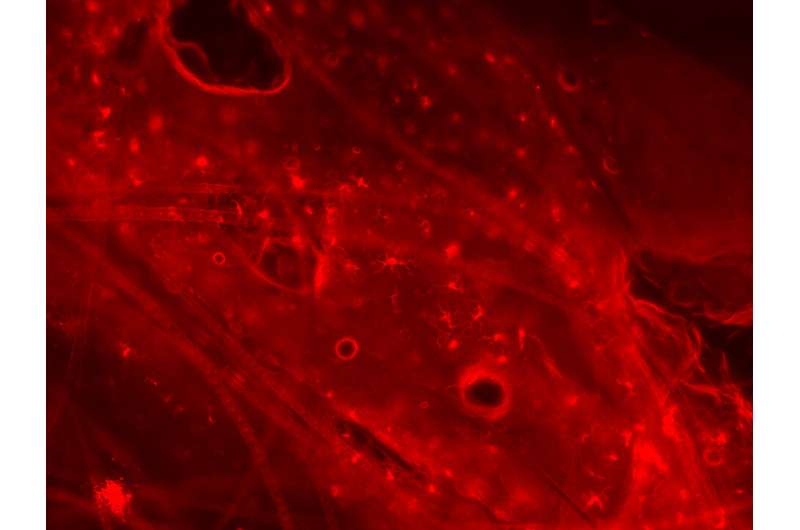Langerhans cells are up to the job, they just need a chance

Blood stem cell transplants are an important part of treatment for a variety of serious conditions. However, adverse reactions of the host to donor cells present a significant risk. Now, researchers from the University of Tsukuba have pinpointed cell level behavior that could be used to help the host fight back, their findings are published in Journal of Investigative Dermatology.
A significant proportion of patients who receive blood stem cells develop acute graft-versus-host disease (aGVHD), which is a fatal immune disorder in which the white blood cells of the stem cell donor attack the organs of the recipient. This attack leads to damage to the skin, liver, and gastrointestinal tract.
One of the types of skin cell that is attacked is Langerhans cells (LCs). LCs are known to negatively or positively regulate various types of immune responses—that is, to induce, or prevent them. However, these antigen-presenting cells are known to be killed by T cells in the early phase of aGVHD. Therefore, working out their roles in the disease is difficult.
The researchers carried out two experiments using mice with mucocutaneous aGVHD lesions to assess different aspects of the roles played by LCs.
"We investigated mice with normal and depleted amounts of LCs and found that when LCs were depleted at the outset, the lesions became more severe," study corresponding author Professor Naoko Okiyama explains. "In another experiment we found that the exacerbated disease resulted from a lack of death of OT-I cells that infiltrate the skin."
It was also found that the ability of LCs to cause the programmed death of OT-I cells and stop them from multiplying is partly the result of their expression of proteins in the B7 family.
"Having determined the proteins that contribute to LCs inducing the death of OT-I cells, we can explore the possibility that enhancing the expression of B7 proteins on LCs could provide an opportunity to prevent aGVHD development," says Professor Okiyama. "This could significantly improve treatments and have a positive effect on patient quality of life."
The researchers hope that future work to enhance the expression of specific proteins on LCs will lead to more successful blood stem cell transplants.
More information: Noriko Kubota et al. Langerhans cells suppress CD8+ T cells in situ during mucocutaneous acute graft-versus host disease, Journal of Investigative Dermatology (2020). DOI: 10.1016/j.jid.2020.09.018


















